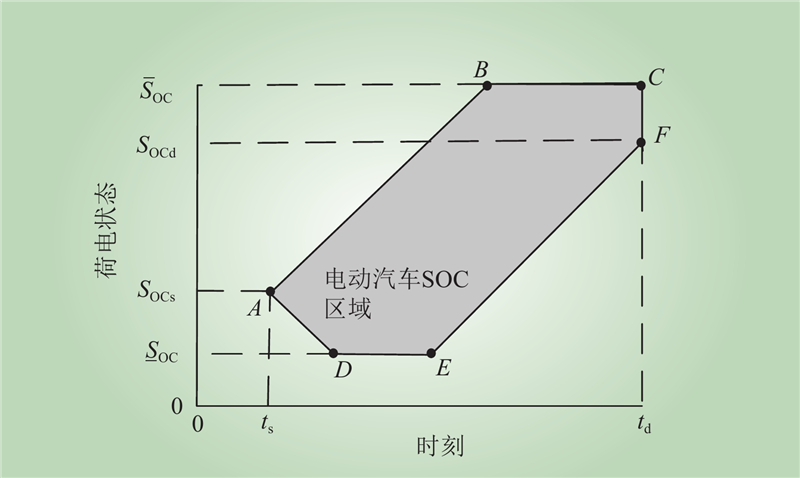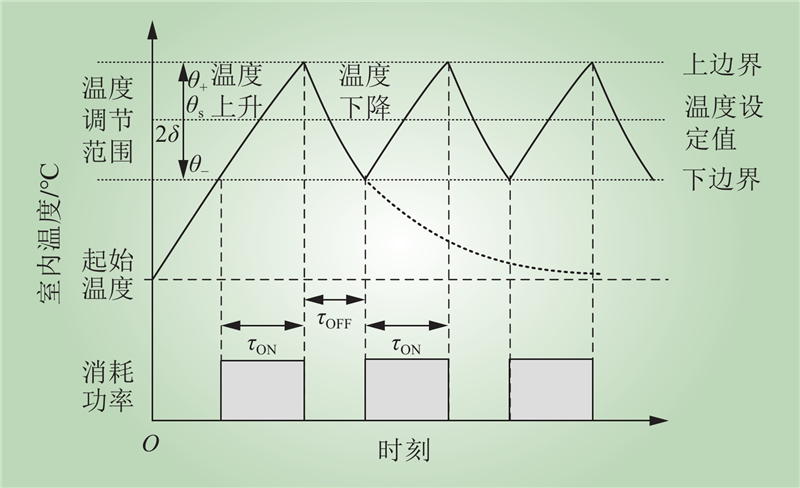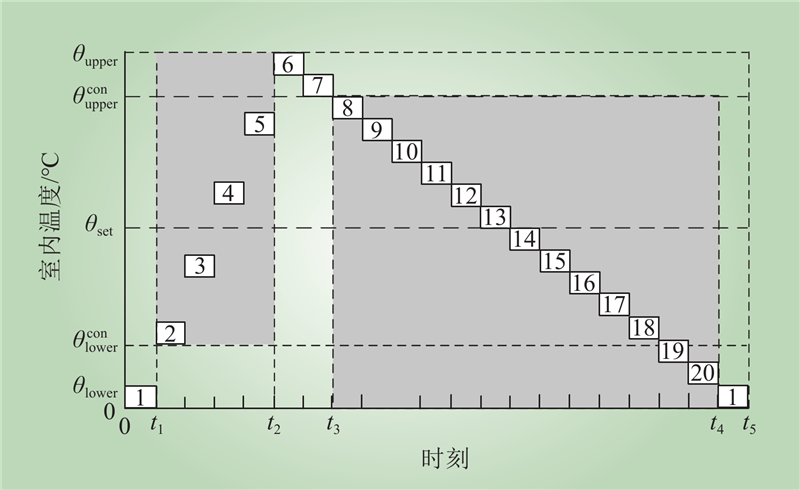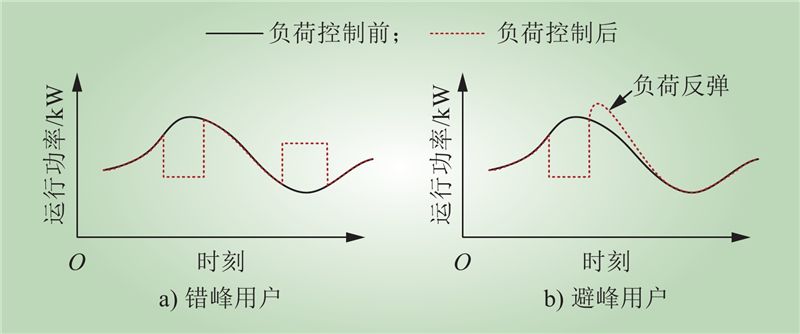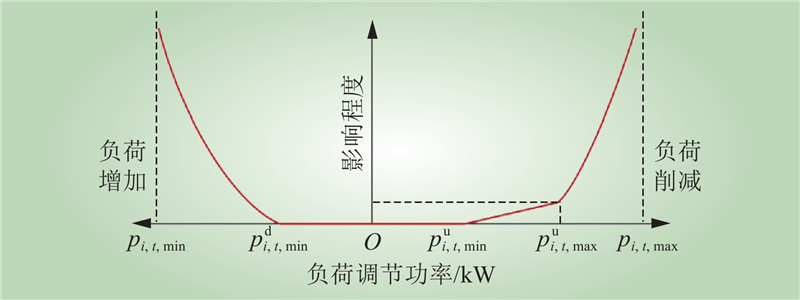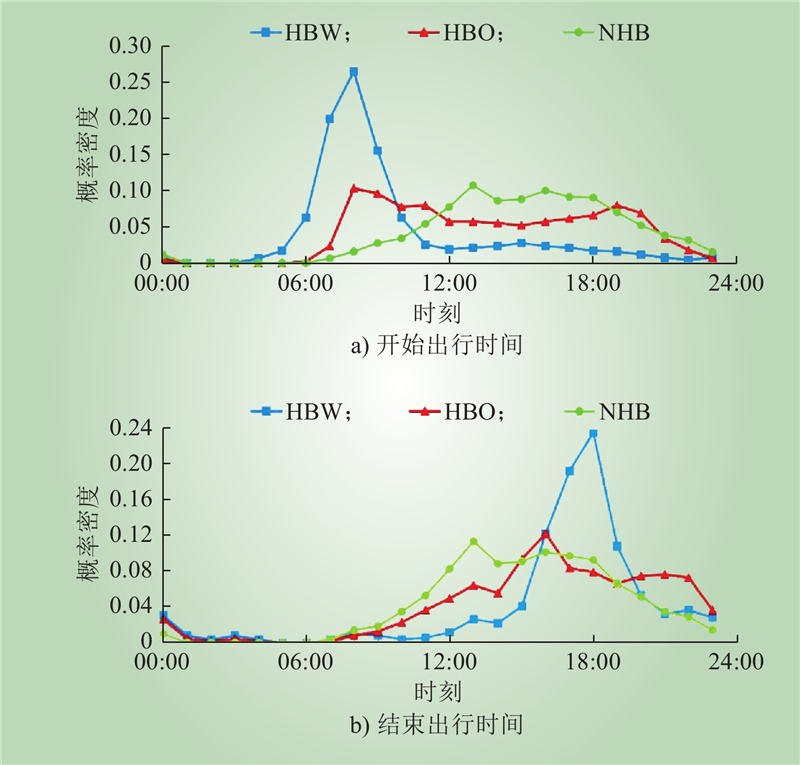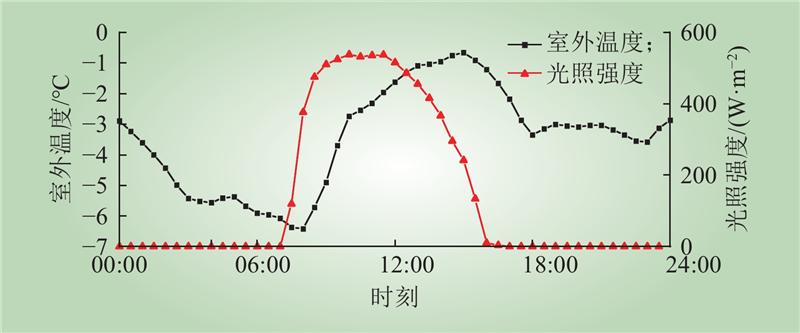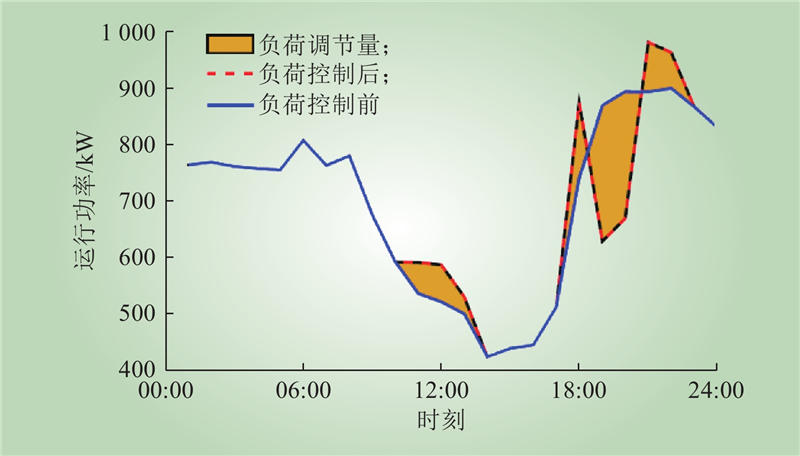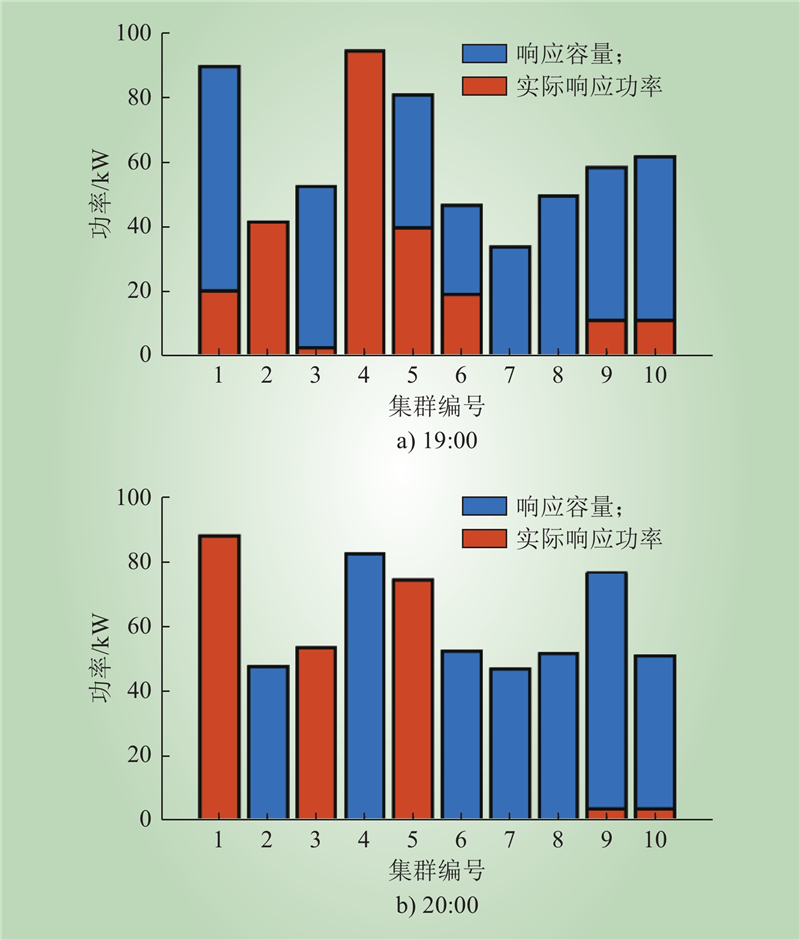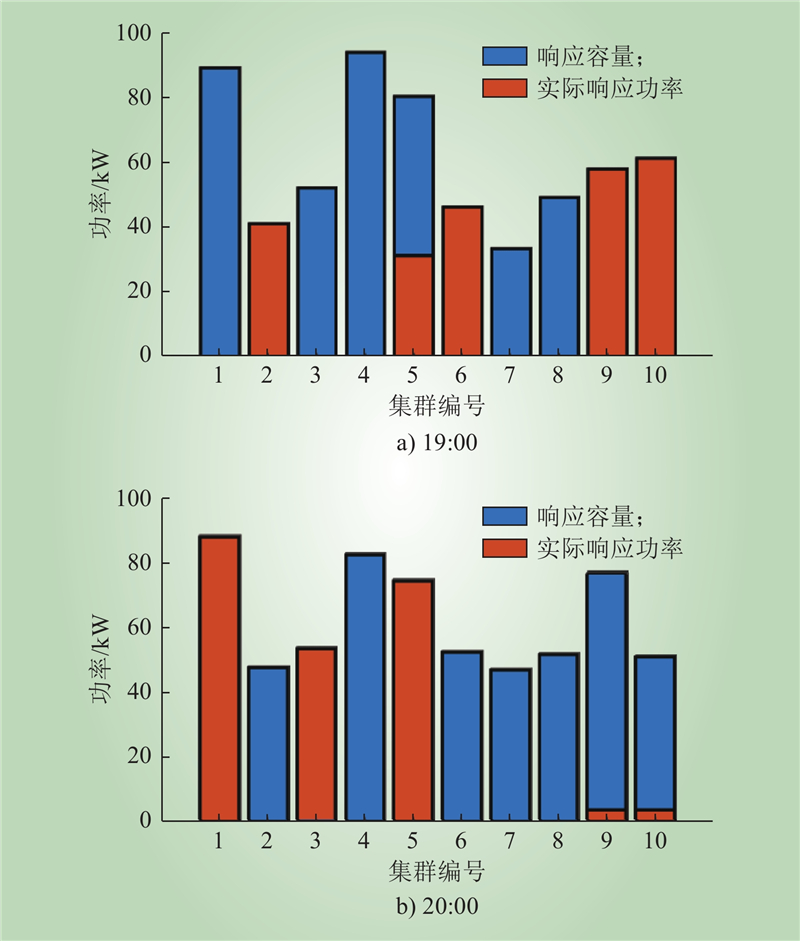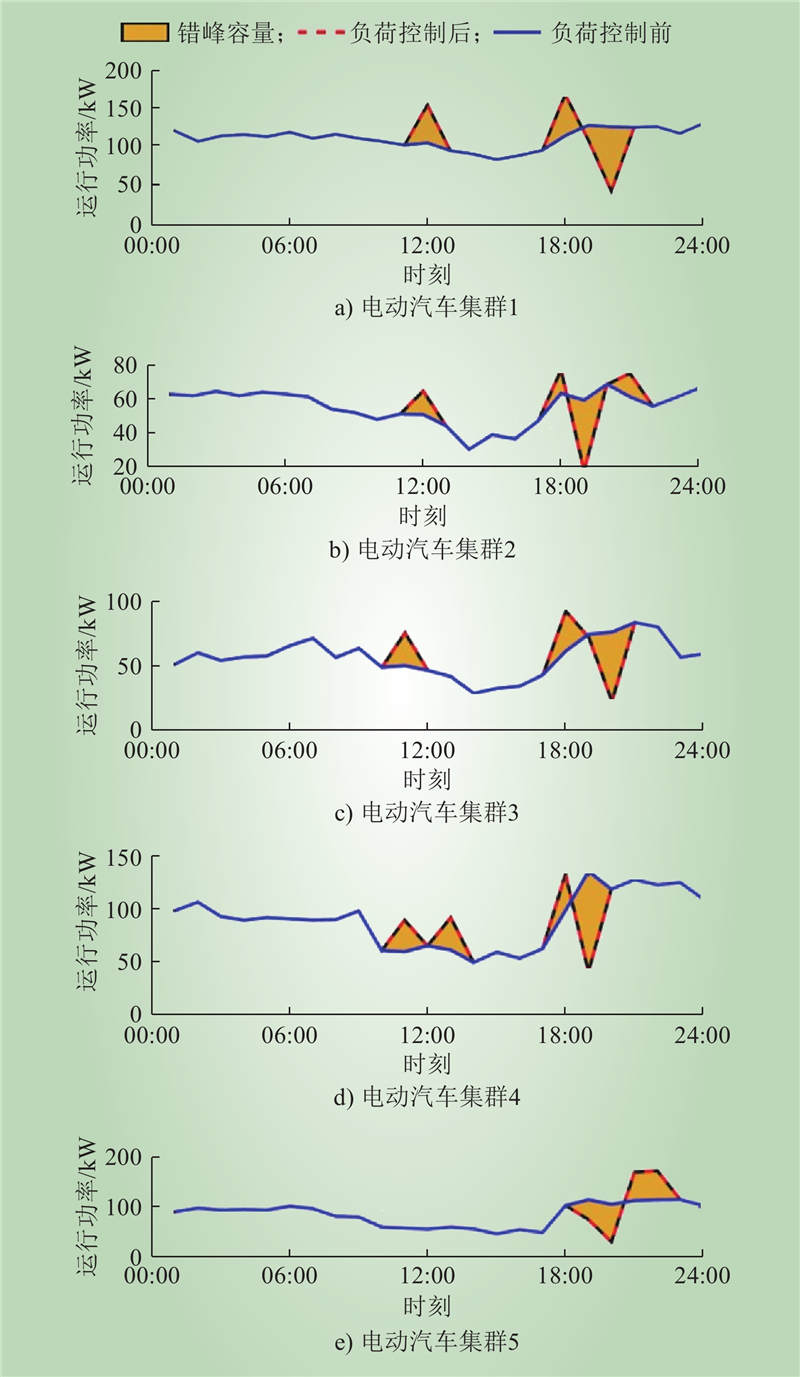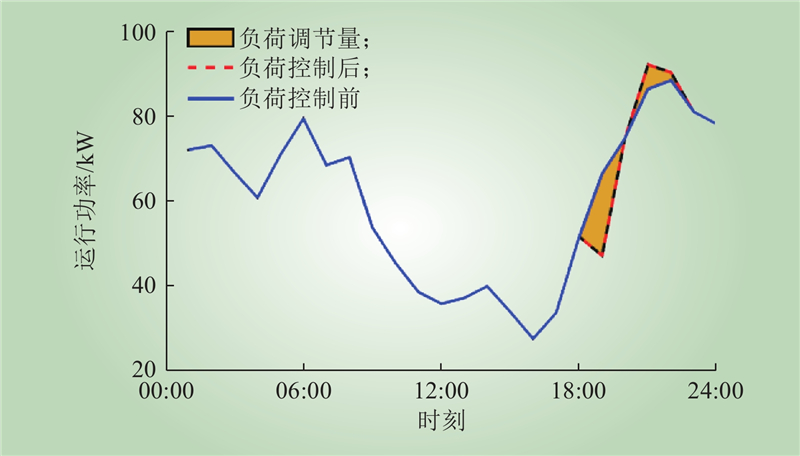| 1 |
徐韵, 徐耀杰, 杨嘉禹, 等. 基于阶梯碳交易的电转气虚拟电厂低碳经济调度[J]. 电力系统及其自动化学报, 2023, 35 (7): 118- 128.
|
|
XU Yun, XU Yaojie, YANG Jiayu, et al. Low carbon economic dispatching for power-to-gas virtual power plant based on stepped carbon trading[J]. Proceedings of the CSU-EPSA, 2023, 35 (7): 118- 128.
|
| 2 |
舒印彪, 赵勇, 赵良, 等. “双碳” 目标下我国能源电力低碳转型路径[J]. 中国电机工程学报, 2023, 43 (5): 1663- 1672.
|
|
SHU Yinbiao, ZHAO Yong, ZHAO Liang, et al. Study on low carbon energy transition path toward carbon peak and carbon neutrality[J]. Proceedings of the CSEE, 2023, 43 (5): 1663- 1672.
|
| 3 |
原希尧, 王关涛, 朱若源, 等. 碳-绿色证书交易机制下考虑回收P2G余热和需求响应的PIES优化调度[J]. 电力建设, 2023, 44 (3): 25- 35.
|
|
YUAN Xiyao, WANG Guantao, ZHU Ruoyuan, et al. Optimal scheduling of park integrated energy system with P2G waste heat recovery and demand response under carbon-green certificate trading mechanism[J]. Electric Power Construction, 2023, 44 (3): 25- 35.
|
| 4 |
章雷其, 谭彩霞, 赵波, 等. 考虑子系统特性的分布式电氢耦合系统多时间尺度优化[J]. 电力建设, 2023, 44 (9): 118- 128.
|
|
ZHANG Leiqi, TAN Caixia, ZHAO Bo, et al. Multi-time-scale operational optimization of a distributed electro-hydrogen coupling system considering subsystem characteristics[J]. Electric Power Construction, 2023, 44 (9): 118- 128.
|
| 5 |
张智刚, 康重庆. 碳中和目标下构建新型电力系统的挑战与展望[J]. 中国电机工程学报, 2022, 42 (8): 2806- 2819.
|
|
ZHANG Zhigang, KANG Chongqing. Challenges and prospects for constructing the new-type power system towards a carbon neutrality future[J]. Proceedings of the CSEE, 2022, 42 (8): 2806- 2819.
|
| 6 |
胡长斌, 蔡晓钦, 赵鑫宇, 等. 含光热电站及碳交易机制下的电气热多能流耦合系统分层优化运行[J]. 电力建设, 2024, 45 (3): 27- 38.
|
|
HU Changbin, CAI Xiaoqin, ZHAO Xinyu, et al. Optimized operation of electric thermal multi-energy flow coupling system under concentrating solar power plant and carbon trading mechanism[J]. Electric Power Construction, 2024, 45 (3): 27- 38.
|
| 7 |
赵杰, 王聪, 李冠冠, 等. 考虑需求响应的多微网P2P能源交易低碳运行策略[J]. 电力建设, 2023, 44 (12): 54- 65.
|
|
ZHAO Jie, WANG Cong, LI Guanguan, et al. Low-carbon operation strategy for P2P energy trading among multiple microgrids considering demand response[J]. Electric Power Construction, 2023, 44 (12): 54- 65.
|
| 8 |
宋大为, 尹硕, 何洋, 等. 基于虚拟电厂的多元小微主体参与现货市场的竞价策略[J]. 南方电网技术, 2021, 15 (9): 75- 84.
|
|
SONG Dawei, YIN Shuo, HE Yang, et al. Bidding strategy of multiple small and micro entities participating in the spot market based on virtual power plant[J]. Southern Power System Technology, 2021, 15 (9): 75- 84.
|
| 9 |
陆婷婷, 高赐威, 苏卫华, 等. 有序用电避峰预案优化编制方法研究[J]. 电网技术, 2014, 38 (9): 2315- 2321.
|
|
LU Tingting, GAO Ciwei, SU Weihua, et al. Research on drafting of optimal peak averting planning for ordered power utilization[J]. Power System Technology, 2014, 38 (9): 2315- 2321.
|
| 10 |
张粒子, 杨阳. 基于能效标尺竞争与OaR的工业负荷管理策略[J]. 电力自动化设备, 2013, 33 (3): 9- 14.
DOI
|
|
ZHANG Lizi, YANG Yang. Industrial load management based on energy efficiency yardstick competition and OaR[J]. Electric Power Automation Equipment, 2013, 33 (3): 9- 14.
DOI
|
| 11 |
颜庆国, 童星, 张宁, 等. 考虑用户节电损失的有序用电动态多级时空协调方法[J]. 电网技术, 2016, 40 (2): 425- 432.
|
|
YAN Qingguo, TONG Xing, ZHANG Ning, et al. A dynamic multi-level temporal and spatial coordination method for orderly power utilization based on customer load curtailment cost characteristics[J]. Power System Technology, 2016, 40 (2): 425- 432.
|
| 12 |
徐青山, 丁一帆, 颜庆国, 等. 大用户负荷调控潜力及价值评估研究[J]. 中国电机工程学报, 2017, 37 (23): 6791- 6800, 7070.
|
|
XU Qingshan, DING Yifan, YAN Qingguo, et al. Research on evaluation of scheduling potentials and values on large consumers[J]. Proceedings of the CSEE, 2017, 37 (23): 6791- 6800, 7070.
|
| 13 |
高岩. 基于需求侧管理实时电价优化方法综述[J]. 上海理工大学学报, 2022, 44 (2): 103- 111,121.
|
|
GAO Yan. A review on real-time electricity price optimization methods based on demand side management[J]. Journal of University of Shanghai for Science and Technology, 2022, 44 (2): 103- 111,121.
|
| 14 |
郑若楠, 李志浩, 唐雅洁, 等. 考虑居民用户参与度不确定性的激励型需求响应模型与评估[J]. 电力系统自动化, 2022, 46 (8): 154- 162.
DOI
|
|
ZHENG Ruonan, LI Zhihao, TANG Yajie, et al. Incentive demand response model and evaluation considering uncertainty of residential customer participation degree[J]. Automation of Electric Power Systems, 2022, 46 (8): 154- 162.
DOI
|
| 15 |
甘海庆, 朱竞, 马琎劼, 等. 考虑产业链的有序用电轮休方案制定策略[J]. 电力需求侧管理, 2023, 25 (4): 93- 98.
DOI
|
|
GAN Haiqing, ZHU Jing, MA Jinjie, et al. Formulating strategy for orderly electricity rotation scheme considering industrial chain[J]. Power Demand Side Management, 2023, 25 (4): 93- 98.
DOI
|
| 16 |
王伊宁, 丁坚勇, 田世明, 等. 基于智能多代理属地管理系统的有序用电模式[J]. 电网技术, 2019, 43 (5): 1802- 1814.
|
|
WANG Yining, DING Jianyong, TIAN Shiming, et al. An orderly power utilization mode based on intelligent multi-agent apanage management system[J]. Power System Technology, 2019, 43 (5): 1802- 1814.
|
| 17 |
HSU Y Y, SU C C. Dispatch of direct load control using dynamic programming[J]. IEEE Transactions on Power Systems, 1991, 6 (3): 1056- 1061.
|
| 18 |
陈艺灵, 吕志鹏, 周珊. 基于云边端协同的电动汽车多目标优化调度[J]. 供用电, 2022, 39 (4): 17- 24.
|
|
CHEN Yiling, LV Zhipeng, ZHOU Shan. Multi-objective optimal scheduling of electric vehicles based on cloud edge end cooperation[J]. Distribution & Utilization, 2022, 39 (4): 17- 24.
|
| 19 |
陈文哲, 孙海顺, 徐瑞林, 等. 电动汽车参与调频服务的云边融合分层调控技术研究[J]. 中国电机工程学报, 2023, 43 (3): 914- 927.
|
|
CHEN Wenzhe, SUN Haishun, XU Ruilin, et al. Cloud-edge collaboration based hierarchical dispatch technology for EV participating in frequency regulation service[J]. proceedings of the CSEE, 2023, 43 (3): 914- 927.
|
| 20 |
姜婷玉, 李亚平, 江叶峰, 等. 温控负荷提供电力系统辅助服务的关键技术综述[J]. 电力系统自动化, 2022, 46 (11): 191- 207.
DOI
|
|
JIANG Tingyu, LI Yaping, JIANG Yefeng, et al. Review on key technologies for providing auxiliary services to power system by thermostatically controlled loads[J]. Automation of Electric Power Systems, 2022, 46 (11): 191- 207.
DOI
|
| 21 |
李力, 董密, 宋冬然, 等. 分布式的温控负荷集群负荷跟随控制[J]. 中国电机工程学报, 2023, 43 (21): 8270- 8282.
|
|
LI Li, DONG Mi, SONG Dongran, et al. Distributed load-following control for thermostatically controlled loads clusters[J]. Proceedings of the CSEE, 2023, 43 (21): 8270- 8282.
|
| 22 |
石文超, 吕林, 高红均, 等. 考虑需求响应和电动汽车参与的主动配电网经济调度[J]. 电力系统自动化, 2020, 44 (11): 41- 51.
DOI
|
|
SHI Wenchao, LV Lin, GAO Hongjun, et al. Economic dispatch of active distribution network with participation of demand response and electric vehicle[J]. Automation of Electric Power Systems, 2020, 44 (11): 41- 51.
DOI
|
| 23 |
徐俊俊, 程奕凌, 张腾飞, 等. 计及充电行为特征与可调性的电动汽车集群优化调度[J]. 电力系统自动化, 2023, 47 (23): 23- 32.
DOI
|
|
XU Junjun, CHENG Yiling, ZHANG Tengfei, et al. Optimal scheduling of electric vehicle clusters considering characteristics and adjustability of charging behavior[J]. Automation of Electric Power Systems, 2023, 47 (23): 23- 32.
DOI
|
| 24 |
Chen L, Zhu X, Cai J, et al. Multi-time scale coordinated optimal dispatch of microgrid cluster based on MAS[J]. Electric Power Systems Research, 2019, 177, 105976.
DOI
|
| 25 |
ZHANG J R, MU Y F, WU Z Q, et al. Optimal scheduling method of regenerative electric heating for emergency residential building heating: an affine arithmetic-based model predictive control approach[J]. IET Energy Systems Integration, 2023, 5 (1): 40- 53.
DOI
|


